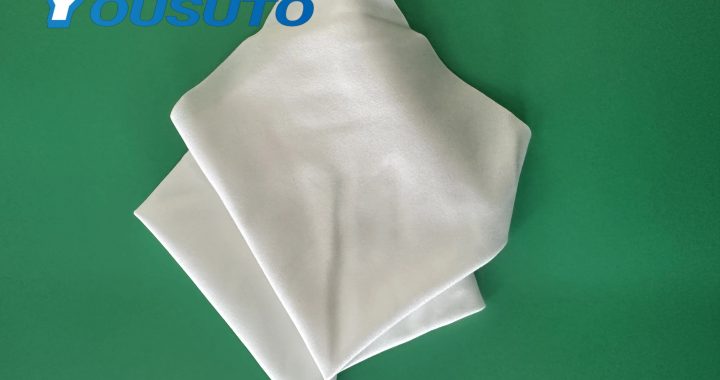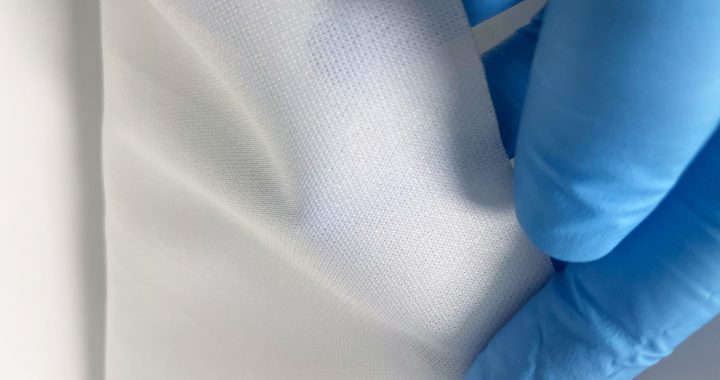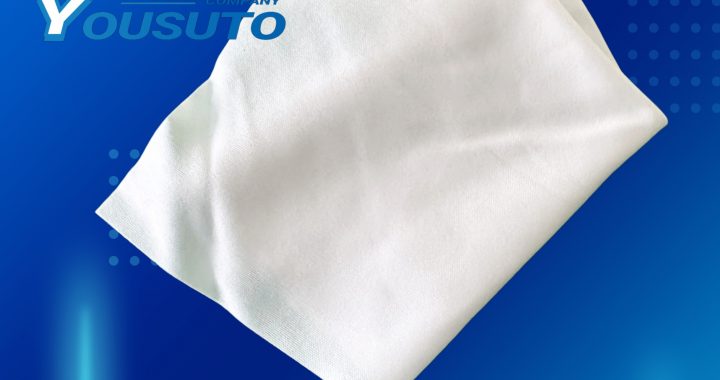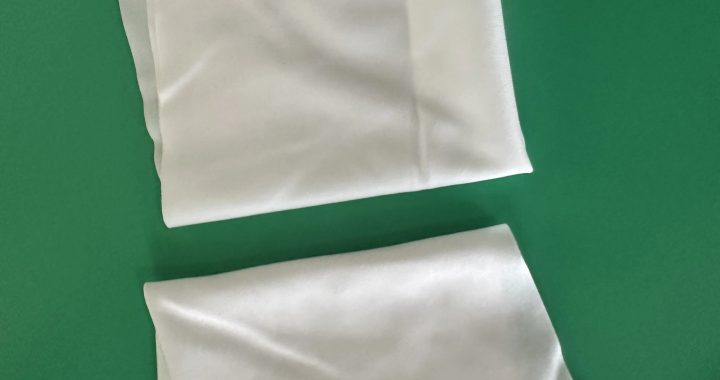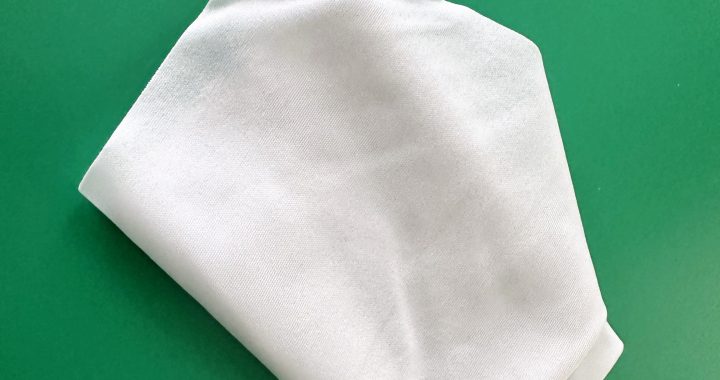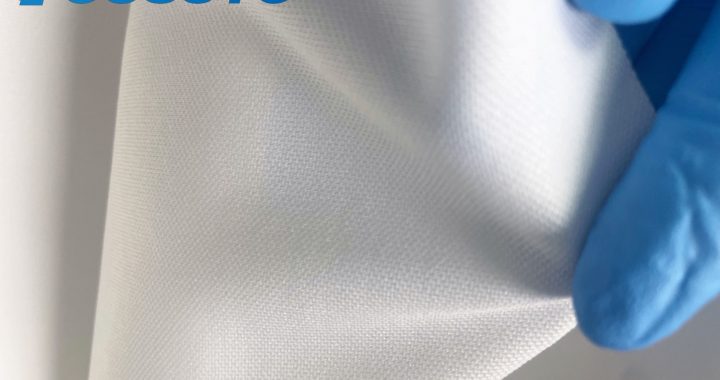Anti-static cleanroom wipes are essential tools for cleaning PCBs (Printed Circuit Boards) in laboratory environments, where precision and cleanliness are critical. These wipes, designed to be lint-free and anti-static, prevent electrostatic discharge (ESD) from damaging sensitive components. The cleaning process begins with preparing the PCB area, followed by using a wipe pre-saturated with an appropriate solvent like isopropyl alcohol (IPA). Wiping should be done using single-direction strokes, ensuring not to disturb or redistribute contaminants. For optimal results, multiple passes may be required to remove flux, dust, and oils from the PCB surface. The use of anti-static wipes ensures that the cleaning process does not introduce static charges, which could affect the performance of the PCB in sensitive electronics applications. This procedure helps maintain the integrity and longevity of the PCBs in cleanroom conditions, particularly in Class 100–1000 environments.
Key Features:
-
Anti-static properties to prevent electrostatic discharge (ESD)
-
Lint-free for residue-free cleaning
-
Pre-saturated for convenience and efficient cleaning
-
Safe for delicate PCB surfaces and components
Application Scope:
-
PCB maintenance and cleaning in laboratories
-
Electronics manufacturing and testing
-
Class 100–1000 cleanroom environments
-
Sensitive electronic components and devices

